White 4x4 sensation line
- Product
- Qty in Cart
- Quantity
- Price
- Subtotal
-
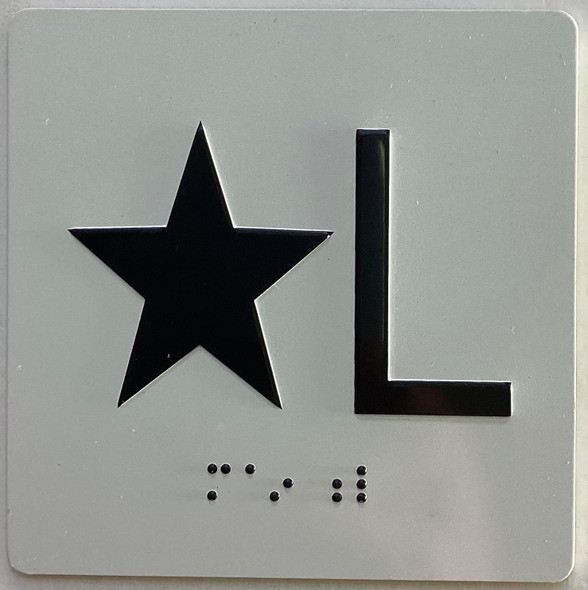

Elevator floor STAR L Sign/jamb plate floor L sign letters/Image & Grade 2 Braille - Includes Red Adhesive pad for Easy Installation (4" W x 4" H,white, Tacticle Sign) - The Sensation line
$12.97About this item Elevator floor STAR L Sign/jamb plate floor L sign letters/Image & Grade 2 Braille - Includes Red Adhesive pad for Easy Installation - The Sensation line Product Dimensions: 4x4x0.4 inches Color: White Material Type: Aluminium Size:...$12.97 -


Elevator floor STAR G Sign/jamb plate floor G sign letters/Image & Grade 2 Braille - Includes Red Adhesive pad for Easy Installation (4" W x 4" H,white, Tacticle Sign) - The Sensation line
$12.97About this item Elevator floor STAR G Sign/jamb plate floor G sign letters/Image & Grade 2 Braille - Includes Red Adhesive pad for Easy Installation - The Sensation line Product Dimensions: 4x4x0.4 inches Color: White Material Type: Aluminium Size:...$12.97 -


Elevator floor star 1 Sign/jamb plate floor star 1 sign letters/Image & Grade 2 Braille - Includes Red Adhesive pad for Easy Installation (4" W x 4" H,white, Tacticle Sign) - The Sensation line
$12.97About this item Elevator floor star 1 Sign/jamb plate floor star 1 sign letters/Image & Grade 2 Braille - Includes Red Adhesive pad for Easy Installation - The Sensation line Product Dimensions: 4x4x0.4 inches Color: White Material Type: Aluminium Size:...$12.97 -


Elevator floor Penthouse -PH Sign / jamb plate floor Penthouse -PH sign letters/Image & Grade 2 Braille - Includes Red Adhesive pad for Easy Installation (4" W x 4" H,white, Tacticle Sign) - The Sensation line
$12.97About this item Elevator floor Penthouse -PH Sign / jamb plate floor Penthouse -PH sign letters/Image & Grade 2 Braille - Includes Red Adhesive pad for Easy Installation - The Sensation line Product Dimensions: 4x4x0.4 inches Color: White Material Type:...$12.97 -
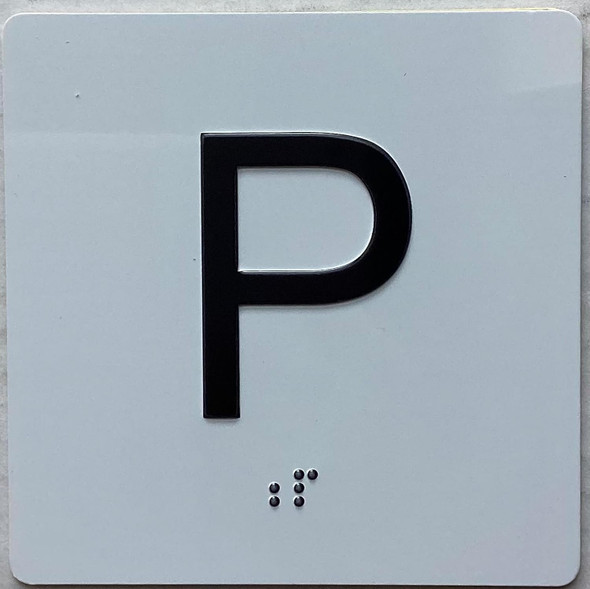
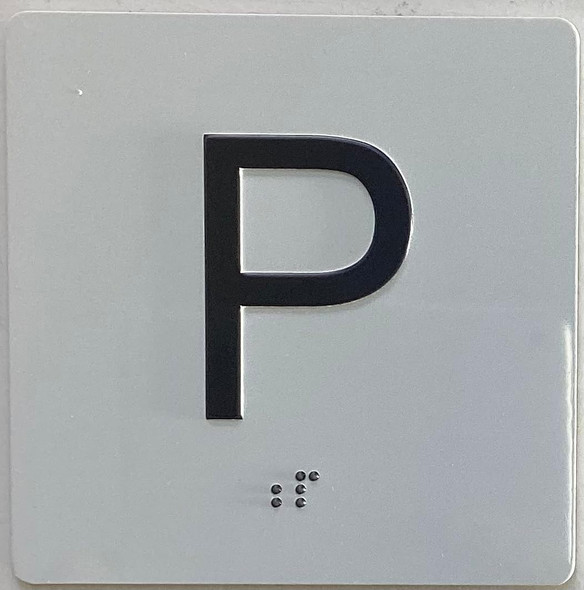
Elevator floor Parking -P Sign/jamb plate floor P sign letters/Image & Grade 2 Braille - Includes Red Adhesive pad for Easy Installation (4" W x 4" H,white, Tacticle Sign) - The Sensation line
$12.97About this item Elevator floor Parking -P Sign/jamb plate floor P sign letters/Image & Grade 2 Braille - Includes Red Adhesive pad for Easy Installation - The Sensation line Product Dimensions: 4x4x0.4 inches Color: White Material Type: Aluminium Size:...$12.97 -


Elevator floor M Sign/jamb plate floor Mezanine sign letters/Image & Grade 2 Braille - Includes Red Adhesive pad for Easy Installation (4" W x 4" H,white, Tacticle Sign) - The Sensation line
$12.97About this item Elevator floor M Sign/jamb plate floor Mezanine sign letters/Image & Grade 2 Braille - Includes Red Adhesive pad for Easy Installation - The Sensation line Product Dimensions: 4x4x0.4 inches Color: White Material Type: Aluminium Size:...$12.97 -
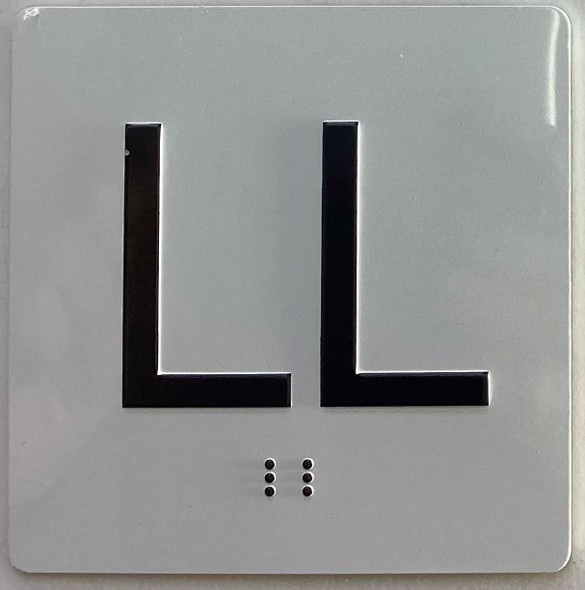
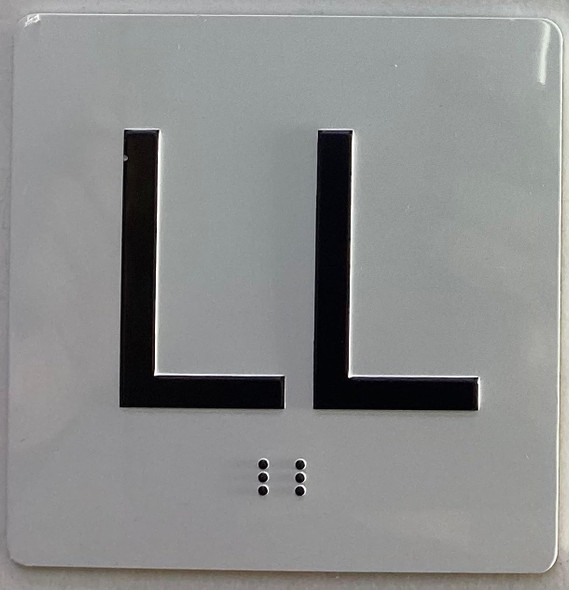
Elevator floor LL Sign/jamb plate floor Lower Level sign letters/Image & Grade 2 Braille - Includes Red Adhesive pad for Easy Installation (4" W x 4" H,white, Tacticle Sign) - The Sensation line
$12.97About this item Elevator floor LL Sign/jamb plate floor Lower Level sign letters/Image & Grade 2 Braille - Includes Red Adhesive pad for Easy Installation - The Sensation line Product Dimensions: 4x4x0.4 inches Color: White Material Type: Aluminium Size:...$12.97 -

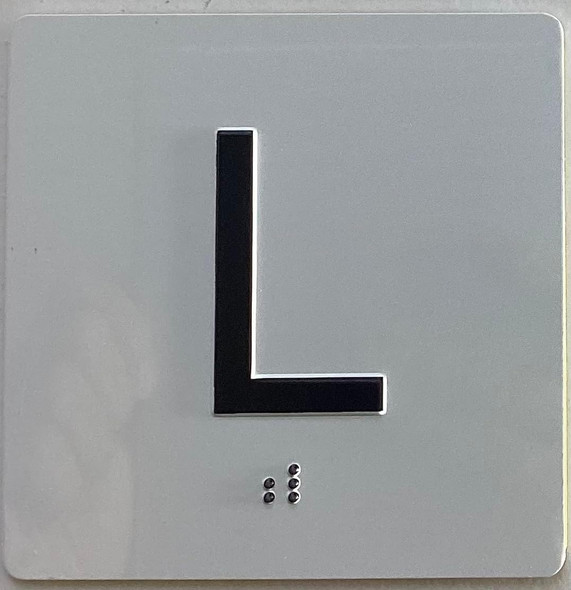
Elevator floor L Sign/jamb plate floor Lobby sign letters/Image & Grade 2 Braille - Includes Red Adhesive pad for Easy Installation (4" W x 4" H,white, Tacticle Sign) - The Sensation line
$12.97About this item Elevator floor L Sign/jamb plate floor Lobby sign letters/Image & Grade 2 Braille - Includes Red Adhesive pad for Easy Installation - The Sensation line Product Dimensions: 4x4x0.4 inches Color: White Material Type: Aluminium Size:...$12.97 -
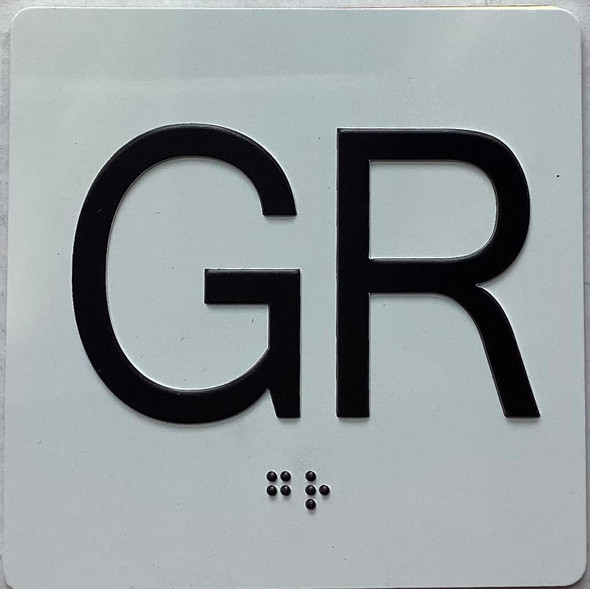

Elevator floor GR Sign/jamb plate floor Ground sign letters/Image & Grade 2 Braille - Includes Red Adhesive pad for Easy Installation (4" W x 4" H,white, Tacticle Sign) - The Sensation line
$12.97About this item Elevator floor GR Sign/jamb plate floor Ground sign letters/Image & Grade 2 Braille - Includes Red Adhesive pad for Easy Installation - The Sensation line Product Dimensions: 4x4x0.4 inches Color: White Material Type: Aluminium Size:...$12.97 -
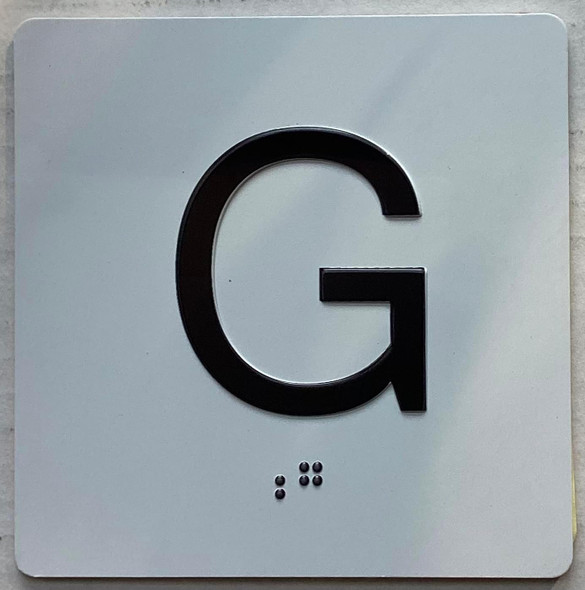

Elevator floor G Sign/jamb plate floor ground sign letters/Image & Grade 2 Braille - Includes Red Adhesive pad for Easy Installation (4" W x 4" H,white, Tacticle Sign) - The Sensation line
$12.97About this item Elevator floor G Sign/jamb plate floor ground sign letters/Image & Grade 2 Braille - Includes Red Adhesive pad for Easy Installation - The Sensation line Product Dimensions: 4x4x0.4 inches Color: White Material Type: Aluminium Size:...$12.97 -


Elevator floor floor 1 Sign/jamb plate 1st floor sign letters/Image & Grade 2 Braille - Includes Red Adhesive pad for Easy Installation (4" W x 4" H,white, Tacticle Sign) - The Sensation line
$12.97About this item Elevator floor floor 1 Sign/jamb plate 1st floor sign letters/Image & Grade 2 Braille - Includes Red Adhesive pad for Easy Installation - The Sensation line Product Dimensions: 4x4x0.4 inches Color: White Material Type: Aluminium Size:...$12.97 -
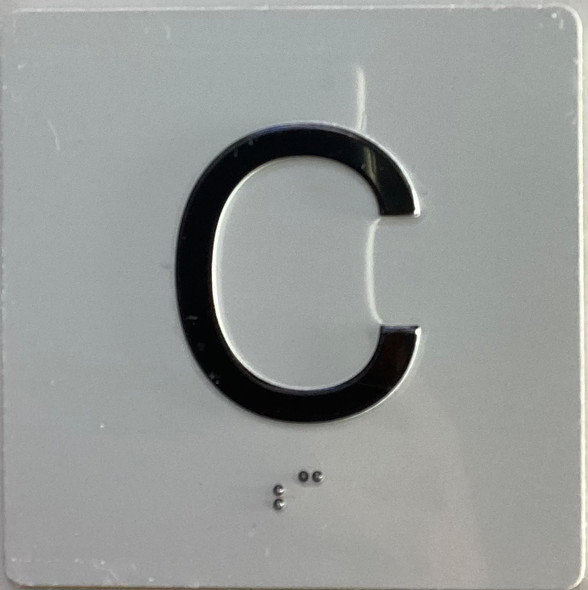
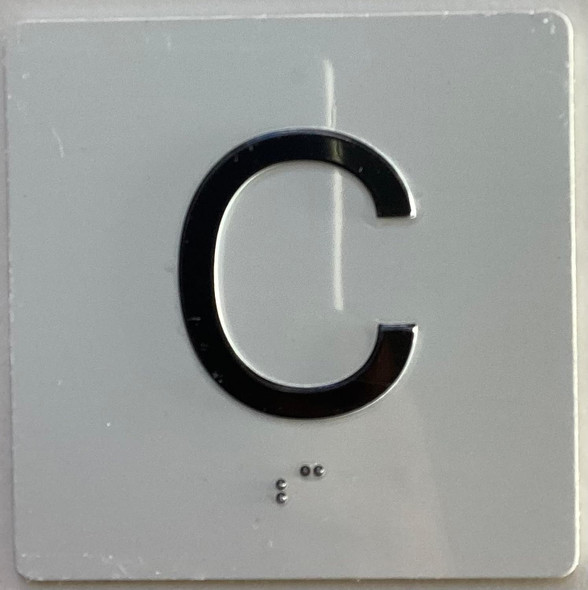
Elevator floor cellar - C Sign / jamb plate floor Cellar - C sign letters/Image & Grade 2 Braille - Includes Red Adhesive pad for Easy Installation (4" W x 4" H,white, Tacticle Sign) - The Sensation line
$12.97About this item Elevator floor cellar - C Sign / jamb plate floor Cellar - C sign letters/Image & Grade 2 Braille - Includes Red Adhesive pad for Easy Installation - The Sensation line Product Dimensions: 4x4x0.4 inches Color: White Material Type:...$12.97 -
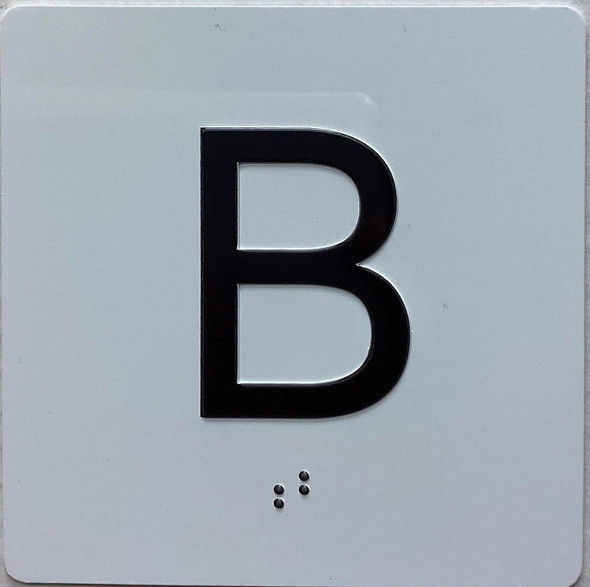

Elevator floor basement B Sign/jamb plate floor B sign letters/Image & Grade 2 Braille - Includes Red Adhesive pad for Easy Installation (4" W x 4" H,white, Tacticle Sign) - The Sensation line
$12.97About this item Elevator floor basement B Sign/jamb plate floor B sign letters/Image & Grade 2 Braille - Includes Red Adhesive pad for Easy Installation - The Sensation line Product Dimensions: 4x4x0.4 inches Color: White Material Type: Aluminium Size:...$12.97 -
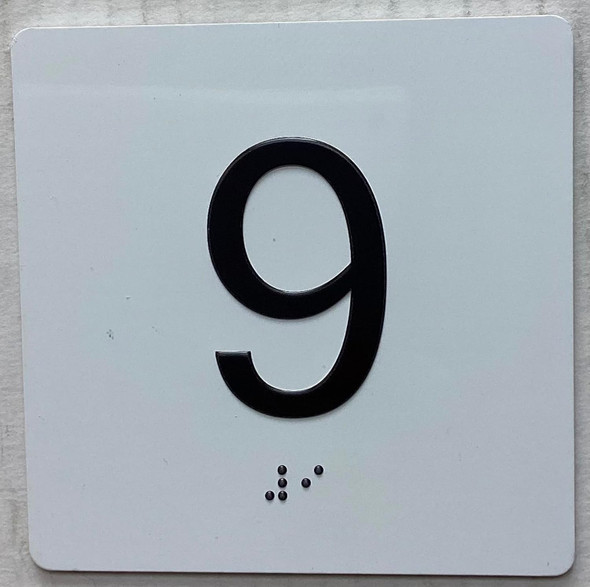
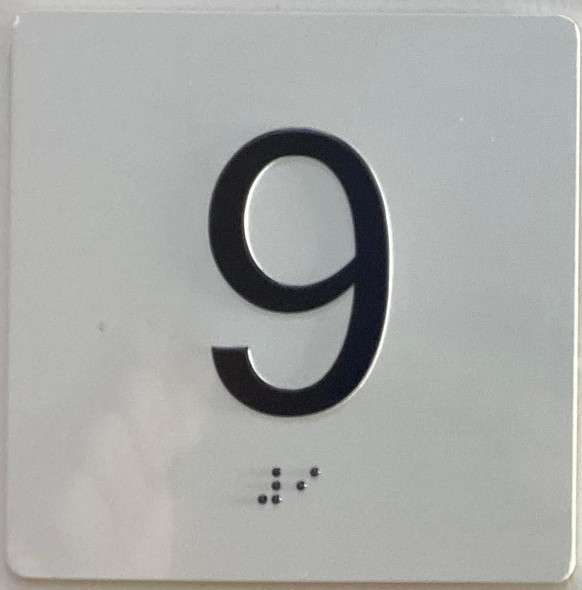
Elevator floor 9 Sign/jamb plate floor 9 sign letters/Image & Grade 2 Braille - Includes Red Adhesive pad for Easy Installation (4" W x 4" H,white, Tacticle Sign) - The Sensation line
$12.97About this item Elevator floor 9 Sign/jamb plate floor 9 sign letters/Image & Grade 2 Braille - Includes Red Adhesive pad for Easy Installation - The Sensation line Product Dimensions: 4x4x0.4 inches Color: White Material Type: Aluminium Size:...$12.97 -

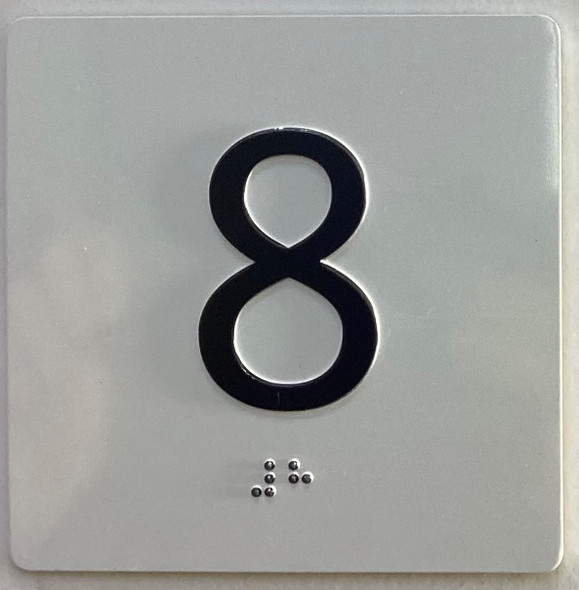
Elevator floor 8 Sign/jamb plate floor 8 sign letters/Image & Grade 2 Braille - Includes Red Adhesive pad for Easy Installation (4" W x 4" H,white, Tacticle Sign) - The Sensation line
$12.97About this item Elevator floor 8 Sign/jamb plate floor 8 sign letters/Image & Grade 2 Braille - Includes Red Adhesive pad for Easy Installation - The Sensation line Product Dimensions: 4x4x0.4 inches Color: White Material Type: Aluminium Size:...$12.97 -


Elevator floor 7 Sign/jamb plate floor 7 sign letters/Image & Grade 2 Braille - Includes Red Adhesive pad for Easy Installation (4" W x 4" H,white, Tacticle Sign) - The Sensation line
$12.97About this item Elevator floor 7 Sign/jamb plate floor 7 sign letters/Image & Grade 2 Braille - Includes Red Adhesive pad for Easy Installation - The Sensation line Product Dimensions: 4x4x0.4 inches Color: White Material Type: Aluminium Size:...$12.97 -

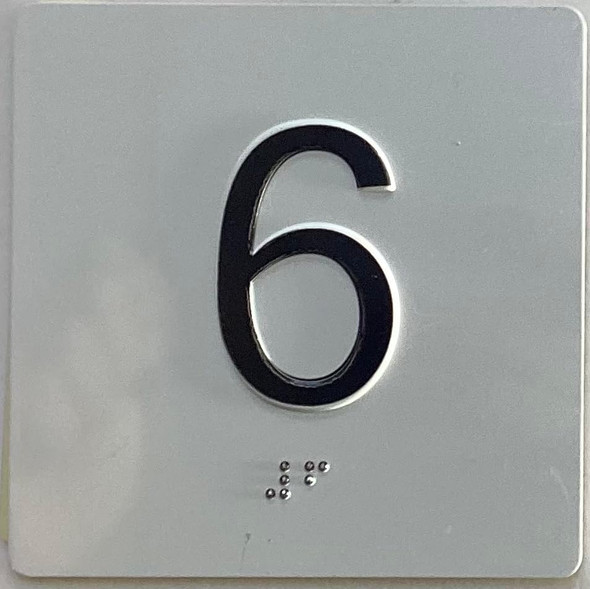
Elevator floor 6 Sign/jamb plate floor 6 sign letters/Image & Grade 2 Braille - Includes Red Adhesive pad for Easy Installation (4" W x 4" H,white, Tacticle Sign) - The Sensation line
$12.97About this item Elevator floor 6 Sign/jamb plate floor 6 sign letters/Image & Grade 2 Braille - Includes Red Adhesive pad for Easy Installation - The Sensation line Product Dimensions: 4x4x0.4 inches Color: White Material Type: Aluminium Size: 4x4 This...$12.97 -
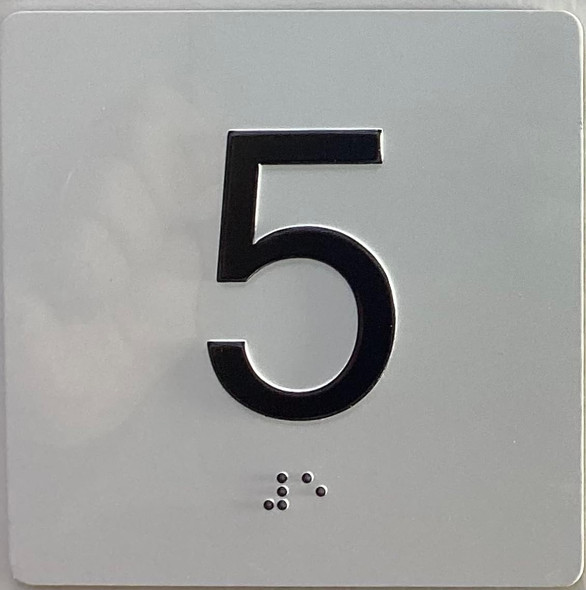

Elevator floor 5 Sign/jamb plate floor 5 sign letters/Image & Grade 2 Braille - Includes Red Adhesive pad for Easy Installation (4" W x 4" H,white, Tacticle Sign) - The Sensation line
$12.97About this item Elevator floor 5 Sign/jamb plate floor 5 sign letters/Image & Grade 2 Braille - Includes Red Adhesive pad for Easy Installation - The Sensation line Product Dimensions: 4x4x0.4 inches Color: White Material Type: Aluminium Size: 4x4 This...$12.97 -


Elevator floor 4 sign/jamb plate floor 4 sign letters/Image & Grade 2 Braille - Includes Red Adhesive pad for Easy Installation (4" W x 4" H,white, Tacticle Sign) - The Sensation line
$12.97About this item Elevator floor 4 sign/jamb plate floor 4 sign letters/Image & Grade 2 Braille - Includes Red Adhesive pad for Easy Installation - The Sensation line Product Dimensions: 4x4x0.4 inches Color: White Material Type: Aluminium Size:...$12.97 -
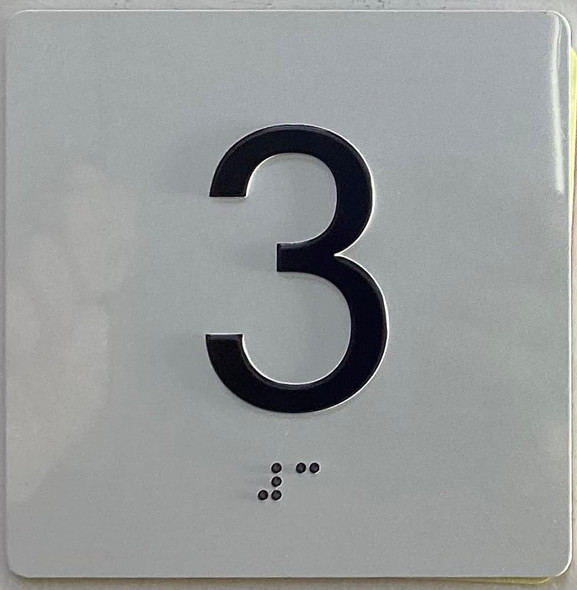
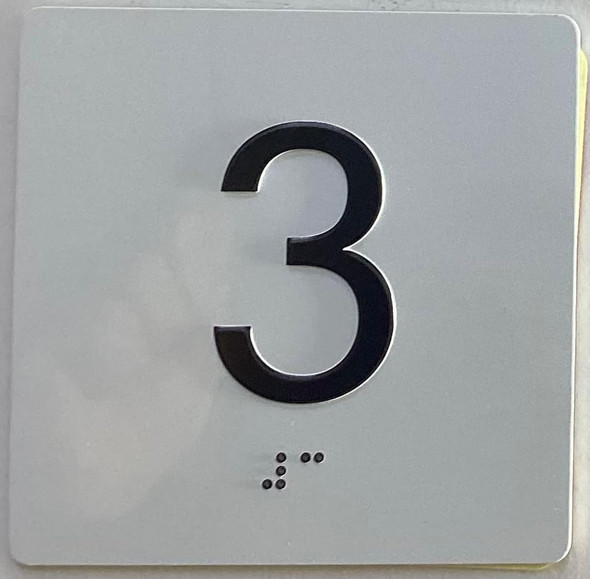
Elevator floor 3rd floor Sign/jamb plate floor 3 sign letters/Image & Grade 2 Braille - Includes Red Adhesive pad for Easy Installation (4" W x 4" H,white, Tacticle Sign) - The Sensation line
$12.97About this item Elevator floor 3rd floor Sign/jamb plate floor 3 sign letters/Image & Grade 2 Braille - Includes Red Adhesive pad for Easy Installation - The Sensation line Product Dimensions: 4x4x0.4 inches Color: White Material Type: Aluminium Size:...$12.97 -


Elevator floor 2nd floor Sign/jamb plate floor 2 sign letters/Image & Grade 2 Braille - Includes Red Adhesive pad for Easy Installation (4" W x 4" H,white, Tacticle Sign) - The Sensation line
$12.97About this item Elevator floor 2nd floor Sign/jamb plate floor 2 sign letters/Image & Grade 2 Braille - Includes Red Adhesive pad for Easy Installation - The Sensation line Product Dimensions: 4x4x0.4 inches Color: White Material Type: Aluminium Size:...$12.97 -
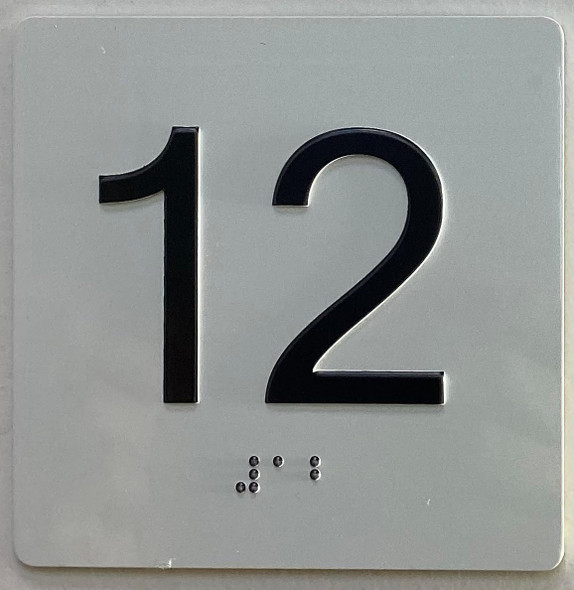

Elevator floor 12 Sign/jamb plate floor 12 sign letters/Image & Grade 2 Braille - Includes Red Adhesive pad for Easy Installation (4" W x 4" H,white, Tacticle Sign) - The Sensation line
$12.97About this item Elevator floor 12 Sign/jamb plate floor 12 sign letters/Image & Grade 2 Braille - Includes Red Adhesive pad for Easy Installation - The Sensation line Product Dimensions: 4x4x0.4 inches Color: Silver Material Type: Aluminium Size:...$12.97 -
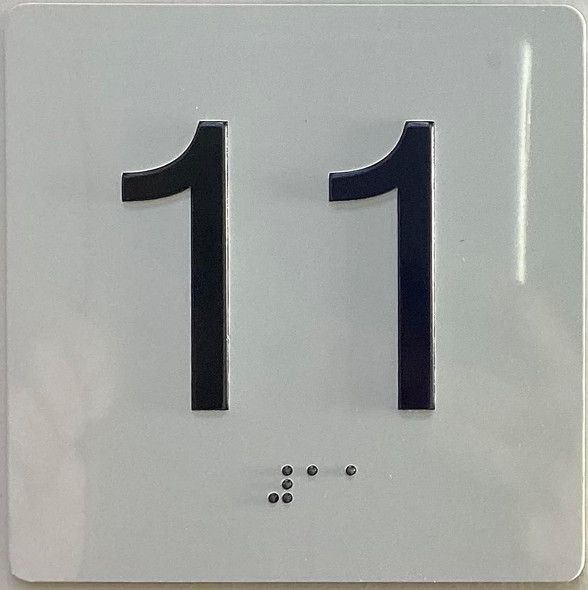

Elevator floor 11 Sign/jamb plate floor 11 sign letters/Image & Grade 2 Braille - Includes Red Adhesive pad for Easy Installation (4" W x 4" H,white, Tacticle Sign) - The Sensation line
$12.97About this item Elevator floor 11 Sign/jamb plate floor 11 sign letters/Image & Grade 2 Braille - Includes Red Adhesive pad for Easy Installation - The Sensation line Product Dimensions: 4x4x0.4 inches Color: White Material Type: Aluminium Size:...$12.97 -

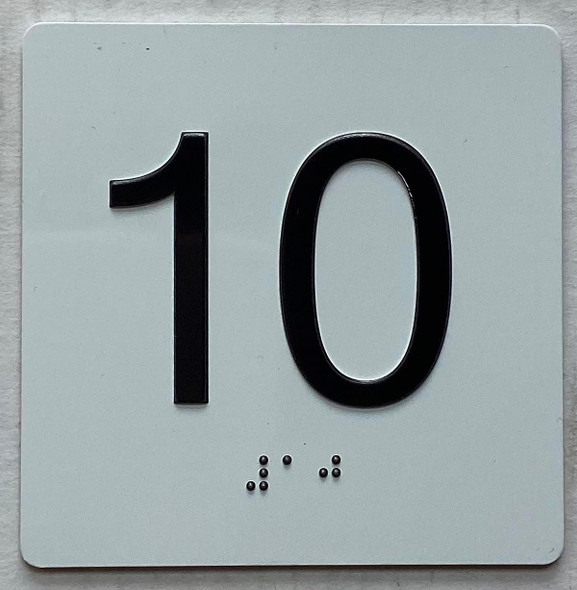
Elevator floor 10 Sign/jamb plate floor 10 sign letters/Image & Grade 2 Braille - Includes Red Adhesive pad for Easy Installation (4" W x 4" H,white, Tacticle Sign) - The Sensation line
$12.97About this item Elevator floor 10 Sign/jamb plate floor 10 sign letters/Image & Grade 2 Braille - Includes Red Adhesive pad for Easy Installation - The Sensation line Product Dimensions: 4x4x0.4 inches Color: White Material Type: Aluminium Size:...$12.97 -

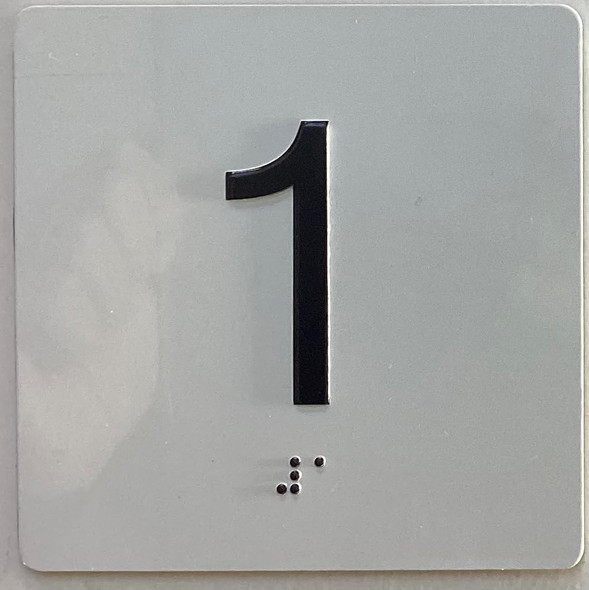
Elevator floor 1 Sign/jamb plate floor 1 sign letters/Image & Grade 2 Braille - Includes Red Adhesive pad for Easy Installation (4" W x 4" H,white, Tacticle Sign) - The Sensation line
$12.97About this item Elevator floor 1 Sign/jamb plate floor 1 sign letters/Image & Grade 2 Braille - Includes Red Adhesive pad for Easy Installation - The Sensation line Product Dimensions: 4x4x0.4 inches Color: Silver Material Type: Aluminium Size: 4x4 This...$12.97
